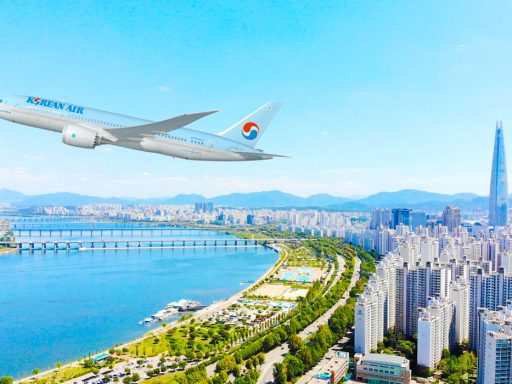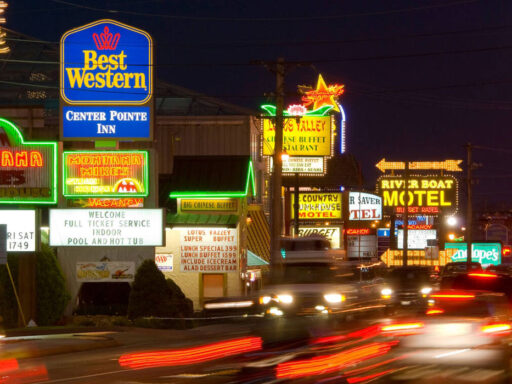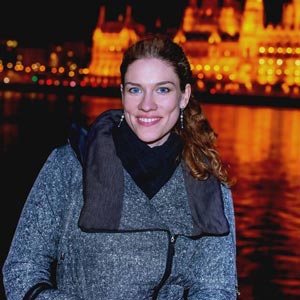Finding the cheapest time to fly and visit Seoul is essential for travelers looking to experience the city without breaking the bank. Seoul, the vibrant capital of South Korea, offers a perfect mix of modern innovation and rich cultural history.
Weather, local events, and tourist seasons determine the cheapest time to book flights. To discover how to make the most of your trip while staying within budget, keep reading this article to explore the best times to fly and visit Seoul and get tips on saving for your next adventure!
Cheapest Times of Year to Fly to Seoul
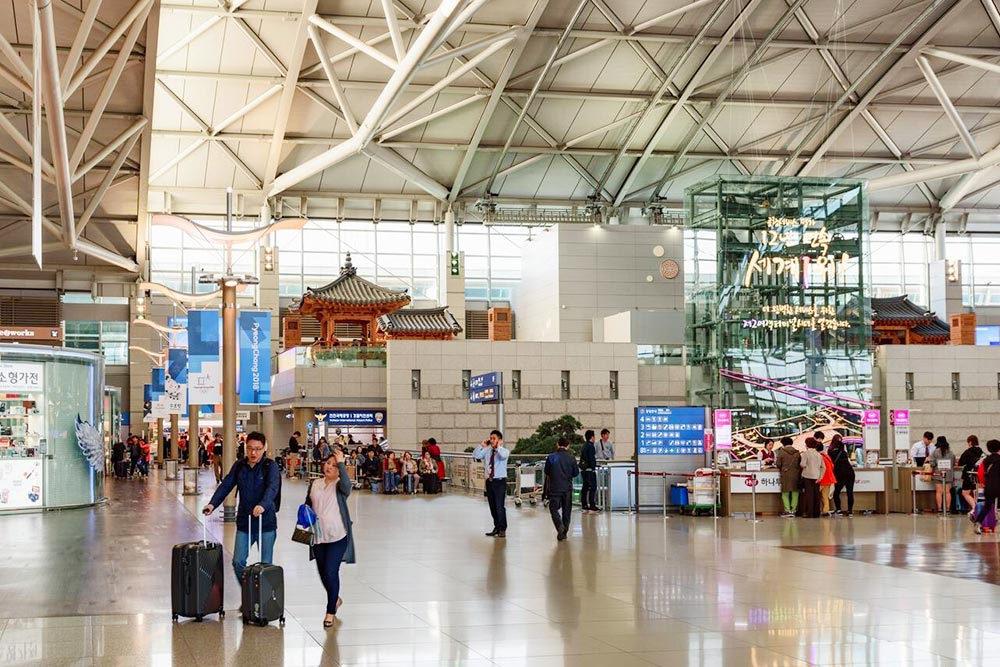
The cheapest times to fly to Seoul are late fall (November) and early winter (December). As the weather turns colder and tourist numbers decline, airlines lower their prices to fill seats.
Early December, before the holiday rush, is a perfect time to secure lower fares. Mid-January to February, after New Year’s and Lunar New Year celebrations, is another cheap period.
While Seoul experiences its coldest weather during this time, the drop in tourists leads to significant savings on flights and accommodations. If you’re willing to brave the cold, you can enjoy a less crowded city and potentially discover winter-themed attractions at a lower cost.
Cheapest Day of the Week to Book Flights to Seoul
Tuesdays and Wednesdays are generally the best days to book flights, as airlines often release promotions and adjust prices midweek. Booking on these days gives you a better chance of finding discounted fares.
In contrast, Fridays and Sundays are more expensive due to higher demand from business and leisure travelers. Business travelers often fly home on Fridays, and tourists prefer to return from weekend trips on Sundays, leading to price increases. Therefore, avoiding booking and flying weekends can help you secure cheaper flights.
Best Time of Day to Fly to Seoul
The time of day you book flights can also influence the price. Early mornings, around 5 to 6 a.m., offer the best deals because airlines often reset their prices overnight, making it the ideal time to catch discounted fares before other travelers pick them up.
Late at night, between 11 p.m. and 1 a.m., can also yield lower fares, as fewer people are browsing for tickets, and airlines sometimes release last-minute deals or unsold inventory at these quieter hours.
Tourism Seasons in Seoul
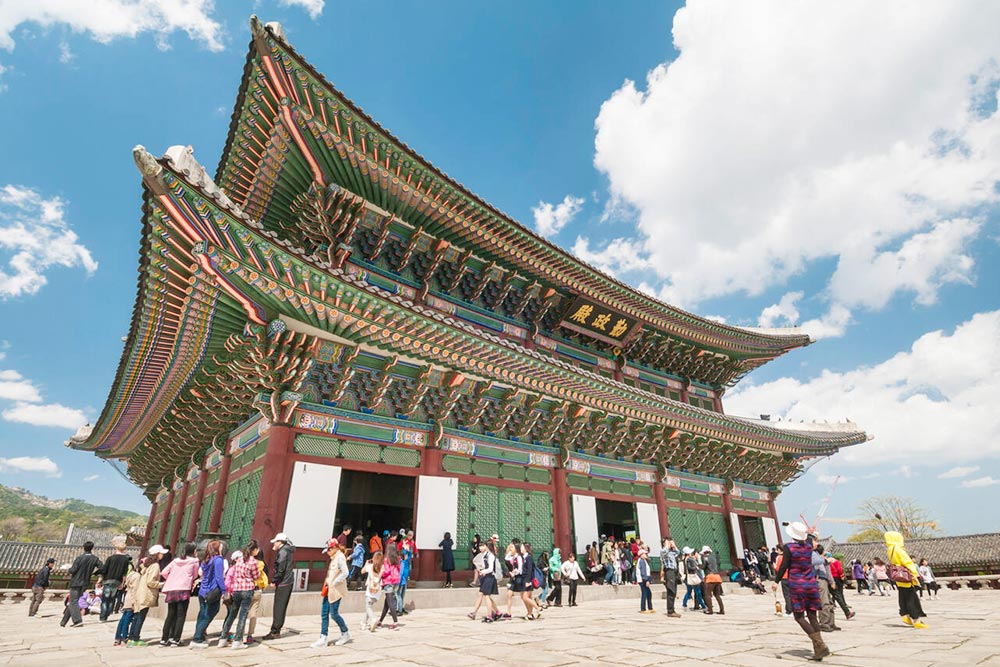
Seoul experiences four distinct seasons, each offering visitors a unique atmosphere and activities. Here’s a brief overview of what you can expect in each season:
Off-Peak Seasons in Seoul
Winter, from December to February, is considered the off-peak season in Seoul due to the cold weather, which can deter many tourists. This makes it the cheapest time to book a holiday, with more affordable flights and hotels.
However, for travelers who enjoy winter activities like ice skating, skiing, or hot springs, this season can offer a unique and enjoyable experience. Another off-peak period is late summer, particularly in September, when the summer vacation ends.
While early September can still be humid and carry a risk of typhoons, it’s generally a quieter and cheaper time to visit as kids return to school and travel demand declines.
Shoulder Seasons in Seoul
Shoulder seasons, like late March to April and October to early November, are ideal for travelers seeking a balance between cost and pleasant weather. Visiting Seoul in late March or early April, just before cherry blossom season, offers mild spring weather with fewer crowds and lower prices on flights and hotels.
Similarly, early October, just before the peak autumn foliage season, can be a great time to visit for lower costs while still enjoying the start of the fall colors. In both cases, you’ll experience beautiful scenery without the price surge seen during peak tourism times.
Avoid Peak Times in Seoul
July and August are the busiest months for travel to Seoul due to the summer vacation period when families and tourists flood the city. The weather is hot and humid, and flight and accommodation prices are at their highest during this time. Significant holidays like Lunar New Year (Seollal), typically in January or February, and Chuseok (Korean Thanksgiving), usually in September or October, are peak travel times.
During these holidays, locals visit family, and demand for flights skyrockets, increasing prices. Many businesses also close during these holidays, so avoiding these peak periods is best if you plan a trip to Seoul.
Pros & Cons of Traveling to Seoul During the Cheapest Time
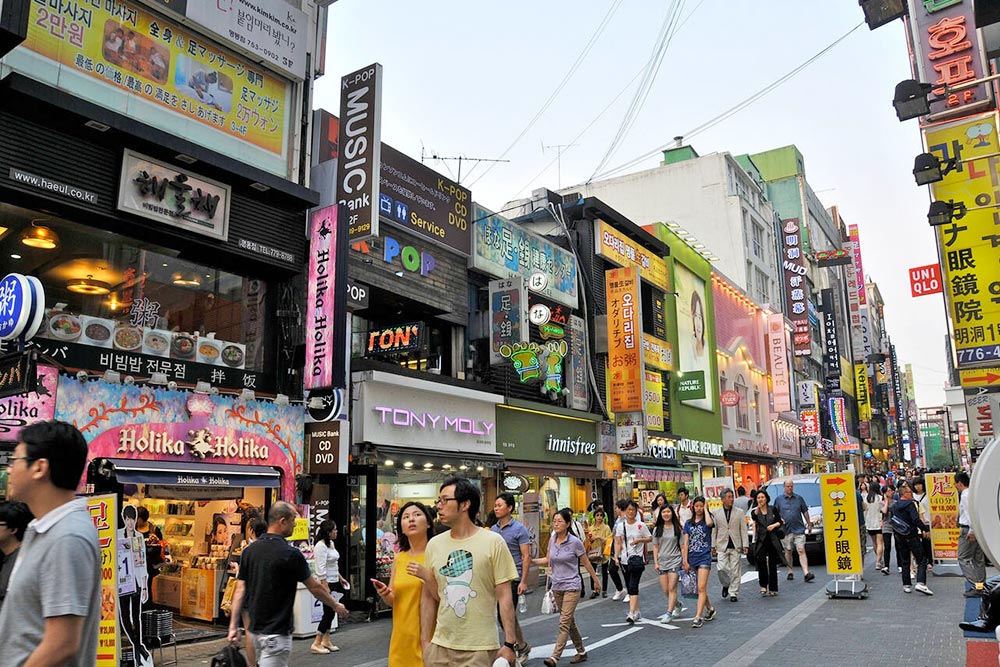
Pros of Traveling to Seoul During the Cheapest Time
- Lower Airfare and Accommodation Costs: One of the most significant advantages of visiting Seoul during its cheapest travel periods (late fall, early winter, or mid-winter) is the significantly lower cost of flights and hotels. With fewer tourists visiting during these times, airlines and hotels offer discounts to attract more travelers. You can often save hundreds of dollars on your trip, making it an excellent option for budget-conscious travelers.
- Less Crowded Tourist Attractions: During the off-peak season, popular tourist spots like Gyeongbokgung Palace, N Seoul Tower, and Bukchon Hanok Village are much less crowded. This allows for a more relaxed and personal experience at some of Seoul’s most famous landmarks. You can explore the city at your own pace without dealing with long lines or packed tourist groups.
- Unique Winter Activities: If you visit during the colder months, you’ll have the opportunity to experience Seoul’s winter-themed attractions, such as ice skating rinks, ski resorts, and holiday lights. Winter in Korea also brings charming street food stalls offering hot, comforting snacks like hotteok (sweet pancakes) and odeng (fish cakes), adding to the local winter experience.
- Seasonal Shopping Sales: Winter travel often coincides with post-holiday sales in Seoul’s many shopping districts, such as Myeongdong and Dongdaemun. You can take advantage of significant discounts on fashion, electronics, and beauty products, particularly in early January, when stores clear out stock from the previous year.
Cons of Traveling to Seoul During the Cheapest Time
- Cold Weather: The cold weather is the biggest downside to visiting Seoul during its cheapest time (late fall to winter). Temperatures in January and February can drop below freezing, and the city occasionally experiences snowfall. If you’re not a fan of the cold, this could make outdoor sightseeing less enjoyable, especially when visiting Seoul’s open-air attractions like palaces and markets.
- Limited Festival Options: While Seoul hosts some winter-specific events, such as ice festivals and light displays, you might miss out on the vibrant festivals during spring and autumn. Events like the cherry blossom festivals or the colorful Seoul Lantern Festival are often a big draw for tourists and won’t be available if you visit during the cheapest time.
- Shorter Daylight Hours: Winter days are shorter, meaning less daylight for sightseeing. During the coldest months, the sun can set as early as 5:30 p.m., limiting your time for outdoor activities. If you plan to pack a lot into your itinerary, the shorter days might require you to be strategic with your time.
- Fewer Outdoor Dining and Market Options: Some of Seoul’s outdoor markets and food stalls may be less active during the cold months. Areas like Dongdaemun Night Market, famous for its street food, could have fewer vendors, and the overall street food scene might feel a bit more subdued compared to spring and summer.
- Potential for Closed Businesses During Major Holidays: If you’re traveling around Lunar New Year (Seollal), which falls in January or February, or other national holidays, be prepared for the possibility of many businesses and attractions being closed. This can limit your dining, shopping, and sightseeing options during these times, as locals travel home for family gatherings.
Cheapest Airlines that Fly to Seoul
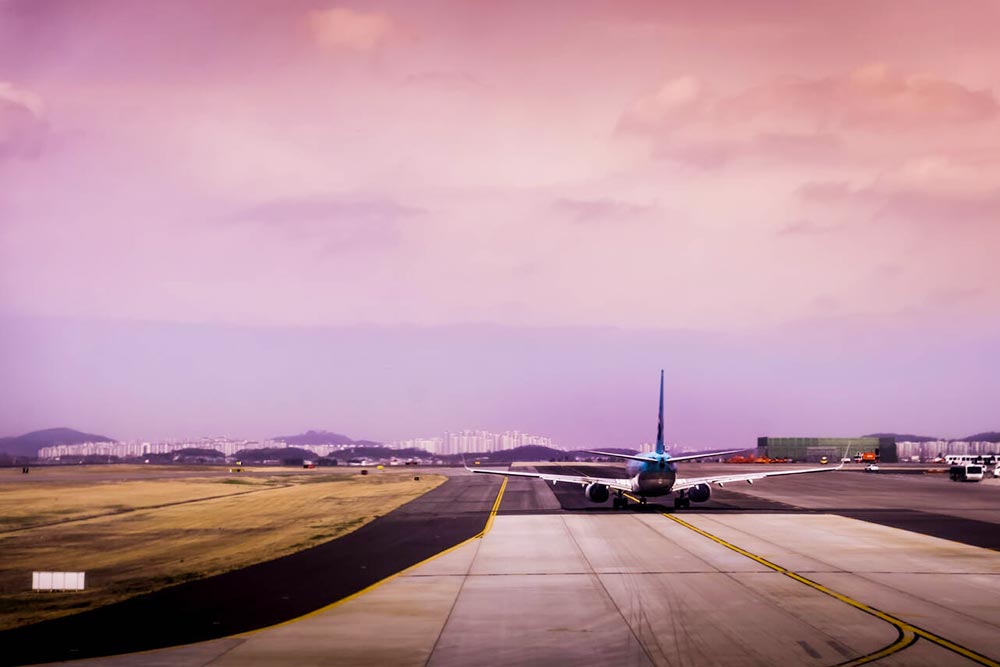
Here are five of the cheapest airlines that frequently offer budget-friendly flights to Seoul:
- AirAsia X is known for its budget-friendly long-haul flights across Asia, including routes to Seoul from cities like Kuala Lumpur and Bangkok. While it’s a no-frills airline, travelers can often find low fares, especially when booking during promotions or sales. Be mindful of additional fees for baggage, meals, and seat selection.
- T’way Air, a South Korean low-cost carrier, offers affordable flights to and from Seoul, especially for regional routes within Asia. The airline frequently has promotions and offers lower prices than full-service airlines, making it an excellent option for budget-conscious travelers looking for cheaper flights to Incheon International Airport.
- Another South Korean budget airline, Jeju Air, offers competitive pricing for domestic and international flights to Seoul. It has routes from neighboring countries like Japan, China, and the Philippines. Jeju Air often runs promotions that can significantly reduce flight costs if booked in advance.
- Singapore Airlines’ budget subsidiary, Scoot, provides low-cost flights to Seoul from cities across Asia, including Singapore, Bangkok, and more. With frequent flash sales and competitive pricing, Scoot is a popular choice for travelers visiting Seoul without breaking the bank.
- Cebu Pacific is a low-cost airline based in the Philippines that offers some of the cheapest flights to Seoul from Manila, Cebu, and other Southeast Asian locations. Known for its frequent sales and discounted fares, Cebu Pacific is a solid option for budget travelers flying to South Korea.
Each airline offers cheaper fares than full-service carriers, especially when booking early or during promotional periods. However, it’s essential to consider extra costs for add-ons like baggage, meals, and seat selection, as these budget airlines often operate on a pay-as-you-go basis for such services.
Cheapest Places to Visit in Seoul
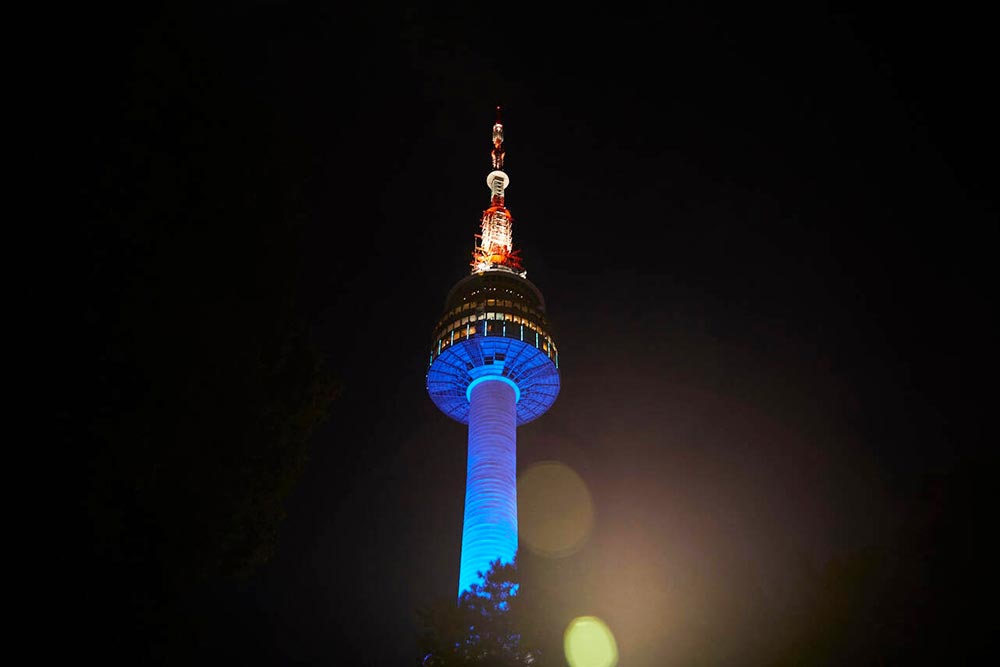
Seoul offers several affordable places to explore that provide rich cultural experiences without the hefty price tag. Gyeongbokgung Palace, the largest of the Five Grand Palaces, is a must-visit for history enthusiasts. Admission is relatively inexpensive, and visitors can immerse themselves in Korea’s royal history while exploring the beautifully restored architecture and scenic gardens. Nearby, Bukchon Hanok Village allows you to wander through traditional Korean houses, offering a glimpse into Seoul’s past without any entrance fees. Namsan Seoul Tower offers panoramic views of the skyline for a tranquil escape from the city’s hustle. While there is a small fee to reach the observatory, you can hike up Namsan Mountain for free, making it an affordable yet rewarding experience.
Another budget-friendly area is Insadong, a vibrant neighborhood famous for its traditional tea houses, craft shops, and art galleries. Walking through Insadong and browsing its markets costs nothing, making it ideal for budget travelers looking for authentic Korean souvenirs. For nature lovers, the sprawling Hangang Park along the Han River offers cycling, walking trails, and picnic spots at no cost. Additionally, visiting local markets like Gwangjang Market is a great way to experience Korean street food at low prices. For just a few dollars, you can sample popular dishes like tteokbokki (spicy rice cakes) or bindaetteok (mung bean pancakes), making it an affordable yet immersive way to enjoy Seoul’s vibrant food culture.
Additional Tips to Travel to Seoul on a Budget
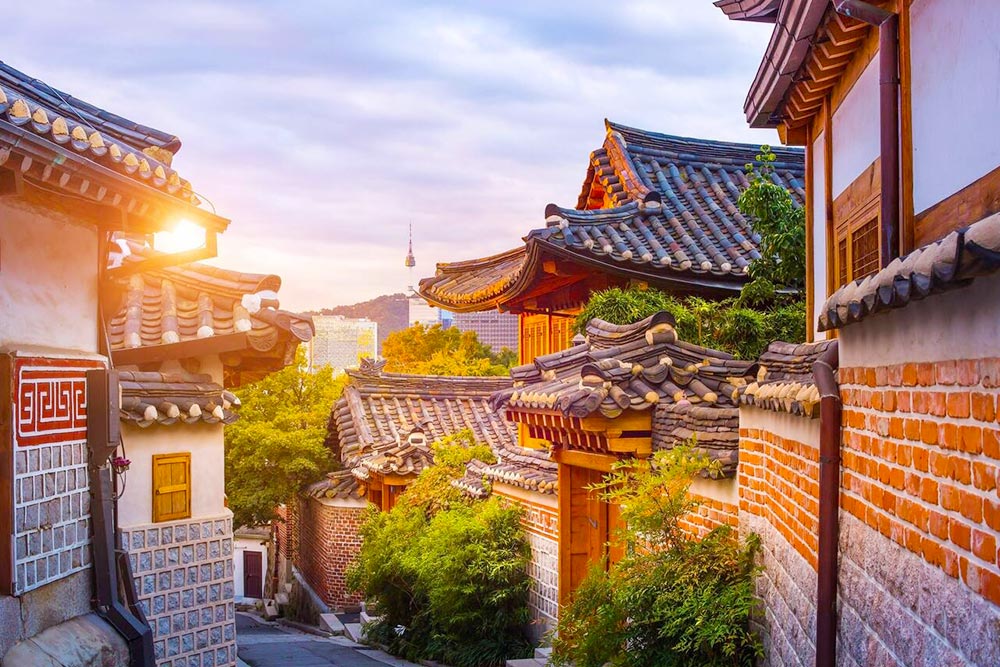
Traveling to Seoul on a budget is possible with a few innovative strategies. One of the most effective ways to save money is by utilizing Seoul’s excellent public transportation system. The T-money card, a rechargeable card used for buses, subways, and taxis, offers discounted fares compared to paying with cash. The subway system is affordable and convenient, connecting you to all major attractions and neighborhoods in the city. Additionally, consider walking between nearby attractions to save even more. Many popular areas, such as Insadong, Gyeongbokgung Palace, and Bukchon Hanok Village, are within walking distance of each other, making it easy to explore multiple sites on foot.
Another key tip is to eat like a local by visiting traditional markets and local eateries. Places like Gwangjang Market or street food stalls in Myeongdong offer delicious, authentic Korean meals at a fraction of the cost of dining in restaurants. Opt for budget-friendly meals like bibimbap, kimbap, or street snacks, which are both satisfying and inexpensive. Accommodations can also be made more affordable by choosing hostels, guesthouses, or even jjimjilbangs (Korean bathhouses), which offer cheap overnight stays. Planning your trip during the off-peak season, when flights and accommodations are more affordable, will also help you stick to a tight budget while enjoying everything Seoul offers.
In conclusion, we hope this guide has provided valuable insights for finding the best times to book affordable flights and travel to Seoul. By following these tips, you can enjoy the vibrant culture and history of the city without breaking the bank. If you have any questions or suggestions, feel free to leave them in the comments section below!
Share this BlogFrequently Asked Questions
To save money on accommodation, consider staying in budget-friendly options such as hostels, guesthouses, or even traditional Korean guesthouses called hanoks. Websites like Airbnb can also offer affordable stays. Booking in advance and traveling during the off-peak season can help you secure better deals.
Seoul has an extensive and affordable public transportation system. Purchase a T-money card for discounted fares on subways, buses, and even some taxis. The subway is particularly efficient and covers major tourist attractions, while buses can take you to areas not serviced by the subway. Walking or renting a bike can also be great options for exploring the city at a low cost.
Yes, Seoul offers numerous free attractions. Some highlights include Gyeongbokgung Palace (free admission on certain days), Bukchon Hanok Village, and the Cheonggyecheon Stream. Exploring neighborhoods like Insadong and Hongdae, where you can enjoy street performances and art without any cost, is also a great way to experience the city for free.
To find affordable food in Seoul, head to local markets like Gwangjang Market or street food stalls in areas like Myeongdong. You can enjoy delicious Korean dishes like tteokbokki, kimbap, and bibimbap for reasonable prices. Additionally, look for restaurants offering lunch specials, which often provide generous meals at lower prices.





